When navigating assistive technology via an access switch (often referred to as AAC switches), it is important to choose the right switch for the job. Everyone's physical functional ability is different, but fortunately we are presented with a wide array of accessible switches. Whether you need a simple, robust button that can stand the test of time, or an intricate, finely tuned sip-and-puff switch, it all comes down to the user.
This aims to be a non-comprehensive guide that should help inform your decision before entering the world of switch access.
At their core, switches are relatively straightforward. A very basic switch, such as a Buddy Button, is a “normally-open switch” that gets activated when pressed. This sends a signal through the connection (usually a 3.5 mm jack, like a headphone jack, but they can also support other connections such as USB ports). From there, switches can be used to control various devices, such as adaptive toys or mobile devices. Switches can get increasingly complex, allowing users to activate them by touching, sipping, puffing, blinking, squeezing, bending, and just about any other physical movement the user can achieve.
Switch types
Mechanical Switches
The best starting point when choosing the right access switch is to assess the user's physical function. Let's start with some common mechanical switches. These are best suited for people with some dexterity in their limbs that allows them to reliably activate the switch. Here are some examples:
| Light Touch Buttons (ultra light, micro light, etc.) |
Small Buttons
(mini-cup, PikoButton, Specs switch, etc)
|
Large Buttons (Buddy Button, Jelly Bean etc) |
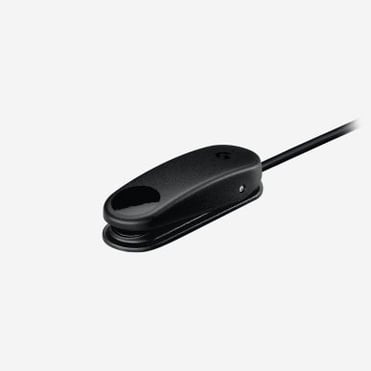
|
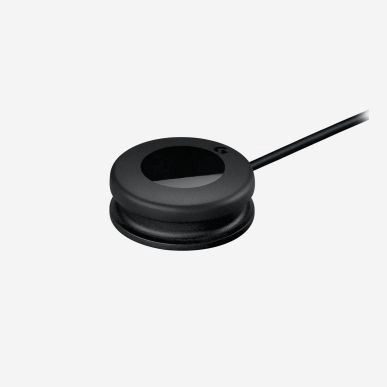 |
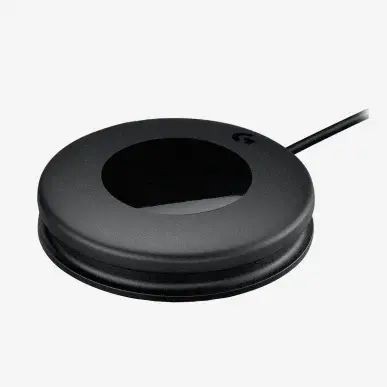 |
| Small and sensitive button, ideal for users with limited strength | Standard style access button, suitable for users with good dexterity |
Ideal for users with good hand strength but limited precision
|
Complex switches
If the user doesn't have good dexterity, complex switches may be a suitable choice. At this point, try to figure out what physical function the user is capable of performing reliably and on a repetitive basis.
Remember that a complex switch is likely to be more expensive and may also be more difficult to repair or replace. It is generally best, when possible, to find the least complicated switch that works in your case. That said, there are many types of complex switches available, meaning that once you find a consistent, repeatable physical motion that the user can perform, there is likely to be a switch available to support this. Here are some examples of complex switches:
| Light Touch Buttons (ultra light, micro light, etc.) |
Small Buttons
(mini-cup, PikoButton, Specs switch, etc)
|
Large Buttons (Buddy Button, Jelly Bean etc) |
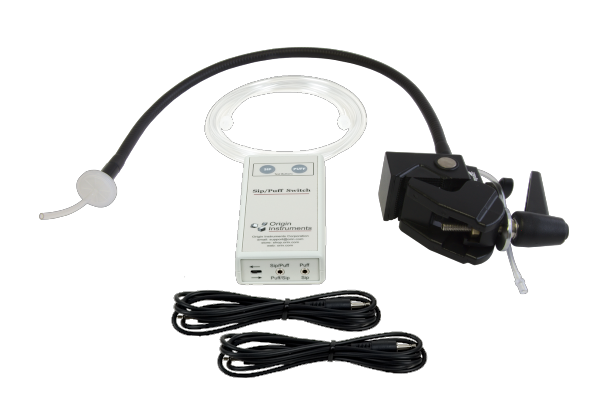
|
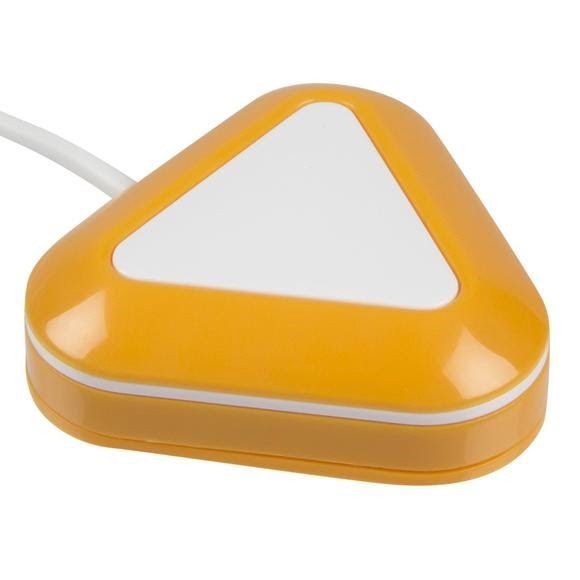
|
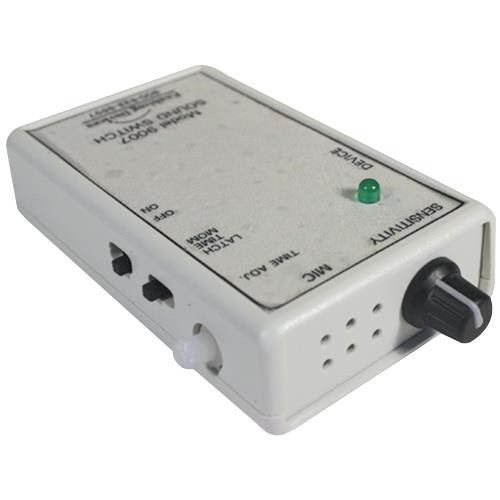
|
| Air pressure sensitive switches that can be activated by a user "sipping" or "puffing" on a straw-like mouthpiece | Switches that can be activated using a variety of methods, including capacitive touch, proximity sensing, and beam-breaking |
When voice is the only available option, a sound such as a click or whisper can be used to activate the switch. These types of switches are not ideal for noisy environments
|
Positioning a switch
As with all other aspects of switch access, positioning the switch is entirely based on the user, their abilities, and the desired function. Whether using a simple mechanical button switch, or a complex sensor switch, it is important to try multiple locations before arriving at the most suitable position for the switch. Allow the user to try it and ensure that the location remains suitable in a variety of use cases. For example, when mounting a switch to a bed or wheelchair, you must ensure that the switch is accessible to the user regardless of the bed/wheelchair's position. If not, the switch can always be repositioned. In many cases, switches may need to be repositioned throughout the day depending on the client's position and any functional changes that may occur.
Various mounting options are available, ranging from off-the-shelf consumer mounts such as camera mounts to specially designed wheelchair/bed clamps with gooseneck arms. Experiment and repeat!
Need more help?
If you are considering switch access for Novalte's emitto™ system, and are having difficulties finding the right access switch and position, contact us to see how we can help!
Resources
2. Mounting: https://www.rammount.com/
